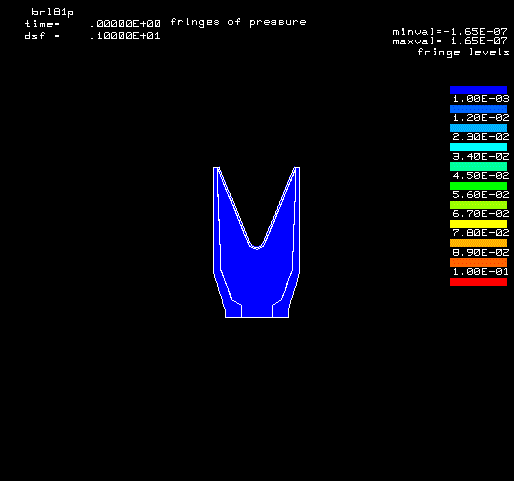To most people, terms like detonation, deflagration, and conflagration all mean about the same thing: something scary and energetic that blows something up or burns it down. To an engineer concerned with protecting people, however, the differences are critical. All three terms refer to the combustion of material but each term has a more specific definition that must be understood.
Of the three terms, conflagration has the least precise definition: it's simply a large, damaging fire. Usually the term is used when describing huge fires that severely threaten property and/or life. The term can be applied to structure fires, grass fires, or forest fires with equal abandon. Many people would assume that the term is synonymous with deflagration, but that is not strictly true.
A deflagration, on the other hand, is defined as an exothermic reaction (generally combustion) progressing below the speed if sound in the unreacted medium. A conflagration is a deflagration. The two terms are used interchangeably by the public. But a deflagration also includes explosions proceeding below the speed of sound. The shock or blast wave that is produced may propagate at sonic or even supersonic velocities but the reaction generating the blast is propagating below the speed of sound. Most common vapor cloud explosions involving materials like propane, natural gas (largely methane), or gasoline vapors are deflagrations. That doesn't mean that they are harmless by any means, but the overpressure produced by these events is general an order of magnitude less that of a detonation.
Which brings us to the final term: detonation. A detonation is a reaction (generally combustion again) that proceeds at or above the speed of sound in the unreacted medium. You can think of it as a coupled shock-flame system. Rather than burning and pushing a blast wave out ahead of it like a deflagration, a detonation's combustion occurs immediately behind the shock wave it is generating. Detonation explosions generate overpressure much, much higher than deflagration explosions. High explosives detonate. Highly confined and/or very reactive gases can detonate as well.. Ethylene oxide or acetylene can detonate directly or undergo a deflagration to detonation transition where the flame front accelerates to the point that it catches the leading shock wave and couples to it.
So why does it matter whether a system detonates or deflagrate? One measure of the strength or damage potential of an explosive event is overpressure. This is simply the pressure generated by the blast above the ambient atmospheric pressure. Overpressures of around 0.1 psig are sufficient to break windows. One psig will damage a typical residential dwelling to the point it is no longer inhabitable. At around 5.0 psig residential homes are completely destroyed. Deflagrations can generate peak overpressures up to around 15-30 psig - more than sufficient to destroy buildings and kill people. Detonations, on the other hand, generate overpressure of from 300 psig to several thousand psig so both types of explosions can ruin your day. As one man once wrote, "A deflagration can rip the flesh from your bones but a detonation will pulverize the bones as well." The difference may not matter to the victim of an explosion - the degree of "dead" doesn't really change the outcome. For an engineer working to design buildings, bridges, or safety systems, on the other hand, the differences are critical. To him, words really do matter.
